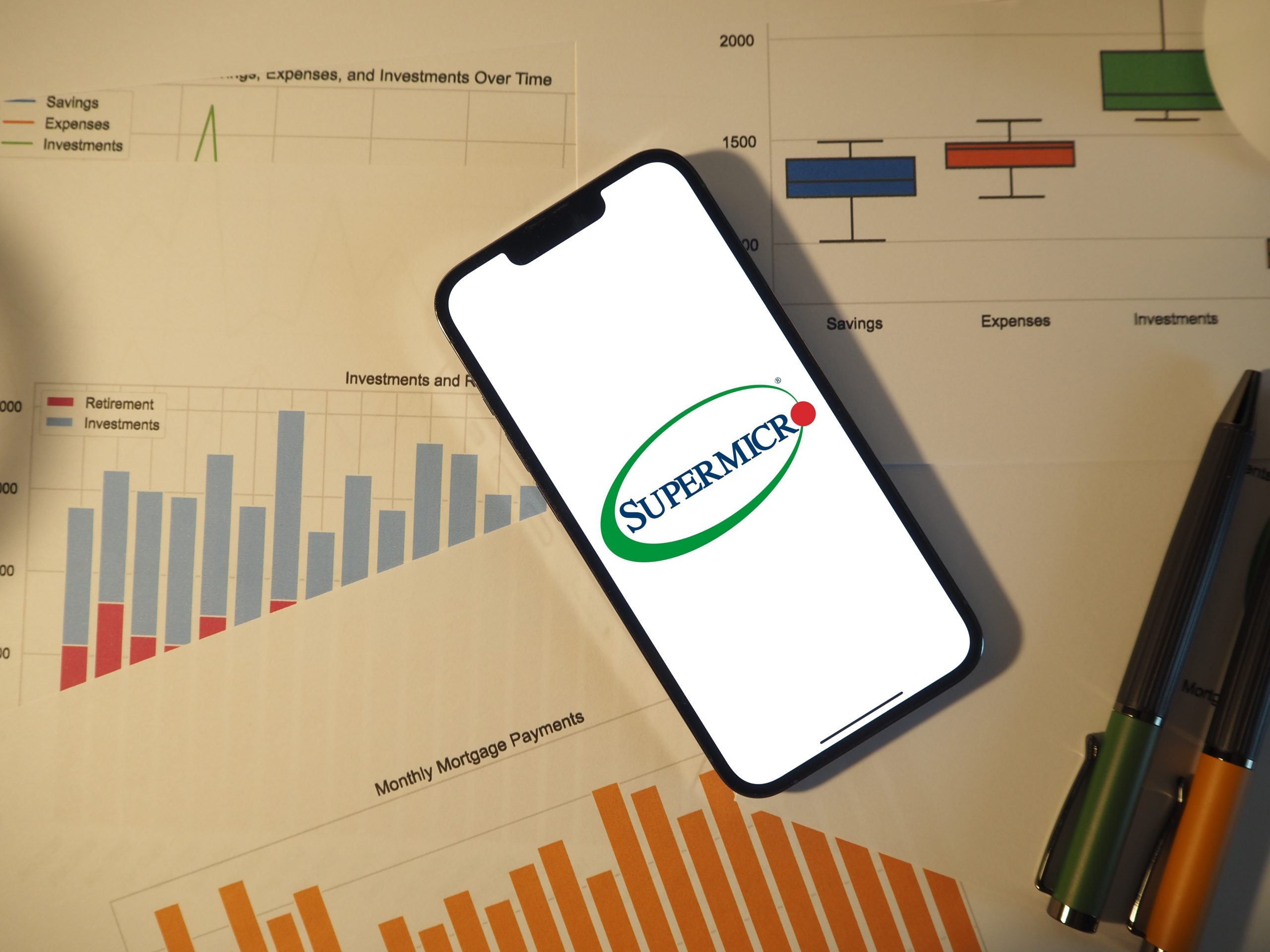Tail Risk & the Coronavirus Crisis

Humans don’t necessarily worry about “tail risk” on a daily basis, at least not in the same way as animals born with this appendage. For example, a house cat sitting near a rocking chair should be careful that an errant “swish” doesn’t pinch its tail.
But an awareness of tail risk in the financial markets can protect investors and traders from feeling uncomfortably pinned down by their own portfolios.
When global financial markets were reeling back in March, plenty of market participants were shocked by the abruptness and severity of the correction. That volatile period introduced many of them to tail risk.
Tail risk is a move of more than three standard deviations in the price of an asset. That’s equivalent to three different rocking chairs simultaneously pinching a single cat’s tail.
In portfolio management, tail risk represents a “black swan”—an unexpected and dramatically negative event.
Some well-known black swans include the Great Depression, the Dot-com Bubble and the 2008 Financial Crisis. In February, before the correction, Luckbox wondered whether the coronavirus pandemic developing in China might represent another global black swan.
It did.
But the difference between tail risk and a black swan is that the latter typically engulfs the entirety of the markets, whereas tail risk can affect a single position or a portfolio of positions.
So black swans involve tail risk, but not all tail risk involves a black swan.
When crude oil traded in negative territory for the first time in history during 2020, that was the perfect example of tail risk. So markets hadn’t planned for it.
In broader terms, crude oil was caught up in the black swan of the global coronavirus pandemic that quashed demand. With global suppliers unable to reign in production quickly, the world was awash with crude, and futures prices reacted by dropping below zero.
Today, broader market indexes have regained most of their losses since the start of the pandemic. The current trading environment is still characterized by elevated tail risk and even the possibility of a second black swan.
With current tail risk, one consideration is the possibility that additional lockdowns of the U.S. economy (and global economy) may be necessary if a second wave of the coronavirus materializes in fall or winter. That could push some companies into bankruptcy, much like Hertz (HTZ), McDermott International (MDR) and Whiting Petroleum (WLL) succumbed to earlier in the year.
For those scouring the markets for beat-up stocks, pinning their hopes on a strong recovery, elevated tail risk should become a key consideration. While rewards are now potentially great, so too are the risks.
It’s possible that another black swan could materialize. Black swans are rare, but that doesn’t mean they can’t be stacked close together—there’s no rule against it.
Given the elevated uncertainty in the global economy, there’s a strong possibility that another unanticipated event could occur.
Readers looking to learn more about tail risk, and associated portfolio protection, may want to review a previous episode of Market Measures on the tastytrade financial network when scheduling allows.
Another recent episode focusing on risk management may also be of interest.
“Sage Anderson” is a pseudonym for a contributor who has traded equity derivatives and managed volatility-based portfolios as a prop trading firm employee. He is not an employee of Luckbox, tastytrade or any affiliated company. Readers may direct questions about this blog post, or any other trading-related subject, to support@luckboxmagazine.com.



















